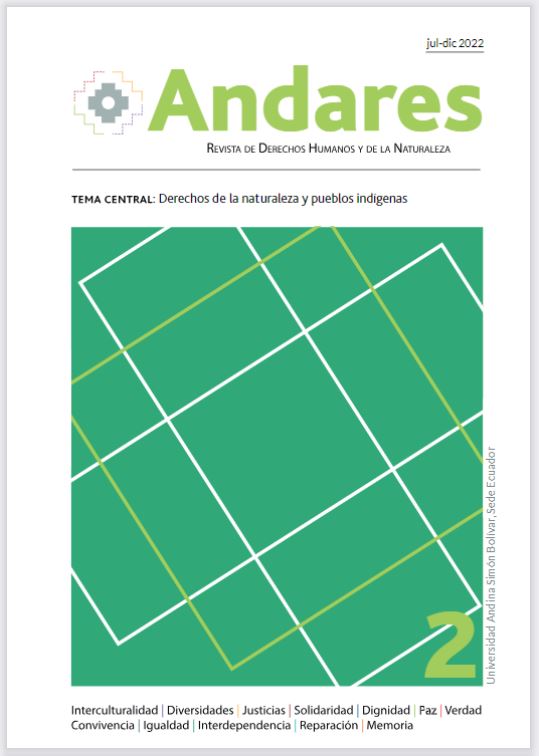The Risk in Communities Exposed to Large-Scale Development Projects: Proposal of a Model to Understand, Map and Transform it
DOI:
https://doi.org/10.32719/29536782.2022.2.2Keywords:
human rights defenders communities, risk of human rights violations, international human rights standardsAbstract
Human rights defenders are usually perceived in their individuality, but not in the organizational and community context to which they belong and in which they wage their collective struggles. This contributes to the fact that the risk of human rights violations in the communities is not sufficiently addressed. To influence the analysis of the risk context and the reaction capacity for the transformation of vulnerabilities in communities and civil society organizations, a risk assessment model was designed, with elements for mapping based on International Human Rights Law, as the axis of dialogue between communities and States. This document describes the elaboration of this model and its components. It makes explicit the objective of advancing and qualifying the duty to control conventionality in the acts of the public function.
Downloads
References
CIDH. Hacia una política integral de protección a personas defensoras de derechos humanos. 29 de diciembre de 2017. OEA/Ser.L/V/II. https://bit.ly/3AxRe4B.
—. Informe sobre la situación de las defensoras y defensores de los derechos humanos en las Américas. 7 de marzo de 2006. OEA/Ser.L/V/II.124. https://bit.ly/3OmZ46s.
—. Medida cautelar n.° 284-18: Familias indígenas tsotsiles de doce comunidades identificadas de Aldama, Chiapas respecto de México. 23 de abril de 2021. Resolución 35/2021. https://bit.ly/3Atnd5Y.
—. Medida cautelar n.° 776-20: Integrantes de la Comunidad Nativa de Santa Clara de Uchunya y otro respecto de Perú. 28 de octubre de 2020. Resolución 81/2019. https://bit.ly/3tKZx9m.
—. Medidas cautelares n.° 517-22: Miembros de la comunidad Guapoy’s del pueblo indígena Guaraní Kaiowá respecto de Brasil. 2 de octubre de 2022. Resolución 50/2022. https://bit.ly/3OjutXu.
—. Segundo informe sobre la situación de las defensoras y defensores de los derechos humanos en las Américas. 31 de diciembre de 2011. OEA/Ser.L/V/II. https://bit.ly/3tKRhGo.
Federación Internacional de Sociedades de la Cruz Roja y de la Media Luna Roja. “¿Qué es un desastre?”. IFRC. Accedido 21 de noviembre de 2022. https:// bit.ly/3VgjlwQ.
González, Ximena, y Viviana Tacha. “Resituando al defensor ambiental: Del referente individual al proceso político”. Tejiendo Saberes-PDTG. 7 de marzo de 2018. https://bit.ly/3tIWj69.
Hines, Ali. “Una década de resistencia”. Global Witness. 7 de octubre de 2022. https://bit.ly/3TQXVVW.
Murcia, Diana. “Situación de comunidades y defensores en riesgo bajo contextos de criminalización, violencia e imposición de proyectos en Ecuador: Diagnóstico inicial”. Verdad para la Vida. Septiembre de 2021. https://bit.ly/3Xu8yBo.
ONU Asamblea General. Declaración sobre el derecho y el deber de los individuos, los grupos y las instituciones de promover y proteger los derechos humanos y las libertades fundamentales universalmente reconocidos. 9 de diciembre de 1998. Resolución
/144. https://bit.ly/3USnaIL.
—. Informe del relator especial sobre la situación de los defensores de los derechos humanos. 3 de agosto de 2016. A/71/281. https://bit.ly/3EGBDB1.
—. Situación de los defensores de derechos humanos. 5 de agosto de 2013. A/68/262. https://bit.ly/3BvYwGu.
Protection International. Nuevo manual de protección para los defensores de derechos humanos. Bruselas: Protection International, 2009.







